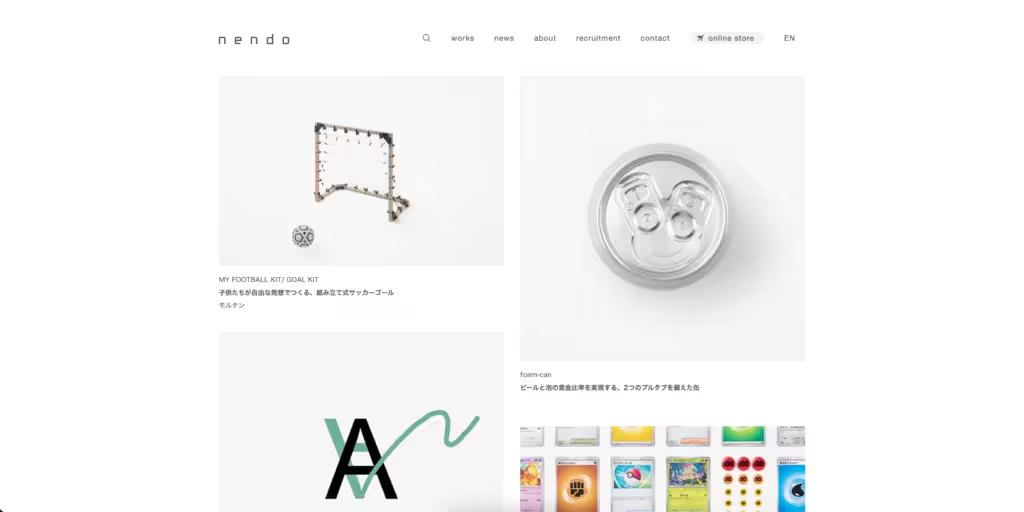
Introduction
In today’s fast-paced digital landscape, web design trends frequently change. However, one philosophy has emerged as a lasting favorite: Minimalism in Web Design. The phrase “less is more” perfectly encapsulates this approach.
Minimalist web design has gained popularity for its emphasis on simplicity, clarity, and elegance. In this article, we will explore the rise of minimalism in web design, its core principles, benefits, and why it remains a compelling choice for both designers and users.
Understanding Minimalism in Web Design
At its core, minimalism in web design is a style focused on simplicity and the elimination of unnecessary elements. It embodies the idea that “less is more,” stripping the design down to essential components for a clean, uncluttered interface. This philosophy fosters user experiences that are intuitive, visually appealing, and purposeful.
Key Principles of Minimalist Web Design
Ample White Space
White space, or negative space, is essential in minimalist design. It refers to the empty spaces between elements on a web page. By incorporating ample white space, designers enable content to breathe, fostering a sense of balance and visual harmony.
Simple Color Palette
Minimalist websites typically use a simple and limited color palette. A few carefully chosen colors create visual impact and highlight essential elements.
Crisp Typography
Typography in minimalist web design is clean, straightforward, and easy to read. Sans-serif fonts are often preferred for their modern and minimalistic appeal.
Focus on Content
Content takes center stage in minimalist design. By removing distractions and unnecessary embellishments, the emphasis remains on delivering the message effectively.
Clear and Intuitive Navigation
Minimalist websites feature straightforward and intuitive navigation, making it easy for users to find what they’re looking for without confusion.
Elimination of Unnecessary Elements
In line with the “less is more” philosophy, unnecessary elements—such as excessive graphics or decorative features—are removed to streamline the design and enhance user focus.
The Benefits of Minimalist Web Design
Enhanced User Experience (UX)
Minimalist design prioritizes user experience. Its simplicity and intuitive layout make it easier for users to navigate and find the information they seek, resulting in a more positive and satisfying experience.
Faster Loading Times
With fewer elements to load, minimalist websites typically have faster loading times. This is crucial in an era where users expect instant access to information.
Improved Mobile Responsiveness
Minimalist design naturally adapts well to various screen sizes, ensuring a seamless user experience on desktops, laptops, and mobile devices.
Timeless Appeal
Minimalist design possesses a timeless quality that transcends trends. By avoiding flashy elements and excessive ornamentation, minimalist websites remain relevant and visually appealing over time.
Increased Conversion Rates
A clear and focused design encourages users to take desired actions, such as making a purchase or subscribing to a newsletter. The absence of distractions can lead to higher conversion rates.
Brand Clarity and Recognition
Minimalist design enables brands to convey their identity clearly and concisely. Consistent use of typography, colors, and imagery reinforces brand recognition and recall.
The Role of Minimalism in Modern Web Design
In today’s digital landscape, minimalism continues to shape web design in significant ways. Here’s how it remains relevant and influential:
Focus on Content Marketing
Content marketing has become a vital strategy for businesses to engage with their audiences. Minimalist web design complements these efforts by presenting content clearly and compellingly, free from distractions.
Mobile-First Design
With mobile devices generating a substantial portion of web traffic, designers must prioritize mobile-first design. Minimalist principles naturally support responsive and mobile-friendly layouts.
User Interface (UI) Design for Apps
The rise of mobile applications has brought minimalist UI design to the forefront. App interfaces often embrace minimalism to deliver a seamless and enjoyable user experience.
E-Commerce
E-commerce websites benefit from minimalist design by enhancing product focus and simplifying the purchasing process, which can lead to increased conversions.
Branding for Startups
Startups and new businesses frequently adopt minimalist design to clearly communicate their brand values and make a lasting impression on their target audience.
Multimedia and Artistic Portfolios
Artists, photographers, and designers often use minimalist web design to showcase their work, allowing a clean layout to keep the focus on their creations.
Challenges of Minimalist Web Design
While minimalist web design offers numerous benefits, it also presents its own set of challenges:
Balancing Simplicity and Functionality
Finding the right balance between a minimalist aesthetic and ensuring all essential functionalities are accessible can be difficult. Designers must prioritize and include only the most crucial elements.
Communicating Complex Concepts
Websites dealing with complex products or services may struggle to communicate information effectively within the constraints of minimalism, often requiring creative solutions.
Standing Out in a Sea of Minimalism
As minimalist design becomes more prevalent, it can be challenging for websites to differentiate themselves and establish a unique visual identity.
Accessibility
While minimalist design can enhance the user experience, designers must ensure that their designs remain accessible to all users, including those with disabilities.
Conclusion
The rise of minimalism in web design reflects a shift toward user-centered experiences and the timeless appeal of simplicity. By embracing the “less is more” philosophy, designers can create websites that are not only aesthetically pleasing but also functional and memorable. Minimalist web design enhances user experiences, improves loading times, and fosters brand clarity, making it a preferred choice for modern web development.
As technology continues to evolve and user preferences shift, minimalism will likely remain a significant influence in shaping the future of web design. Its elegance and efficiency are bound to captivate both designers and users, solidifying it as a powerful and enduring design philosophy for years to come.




